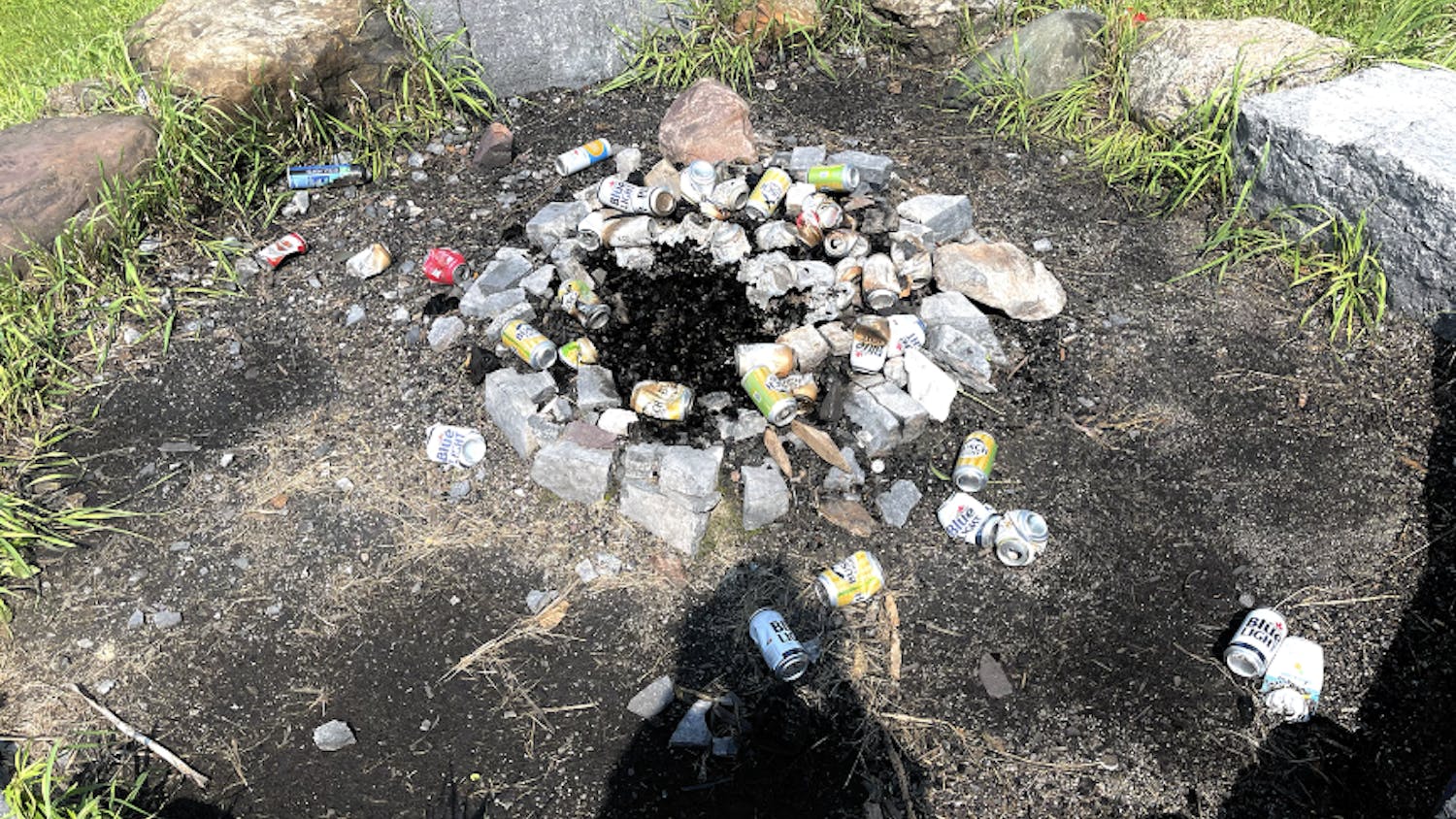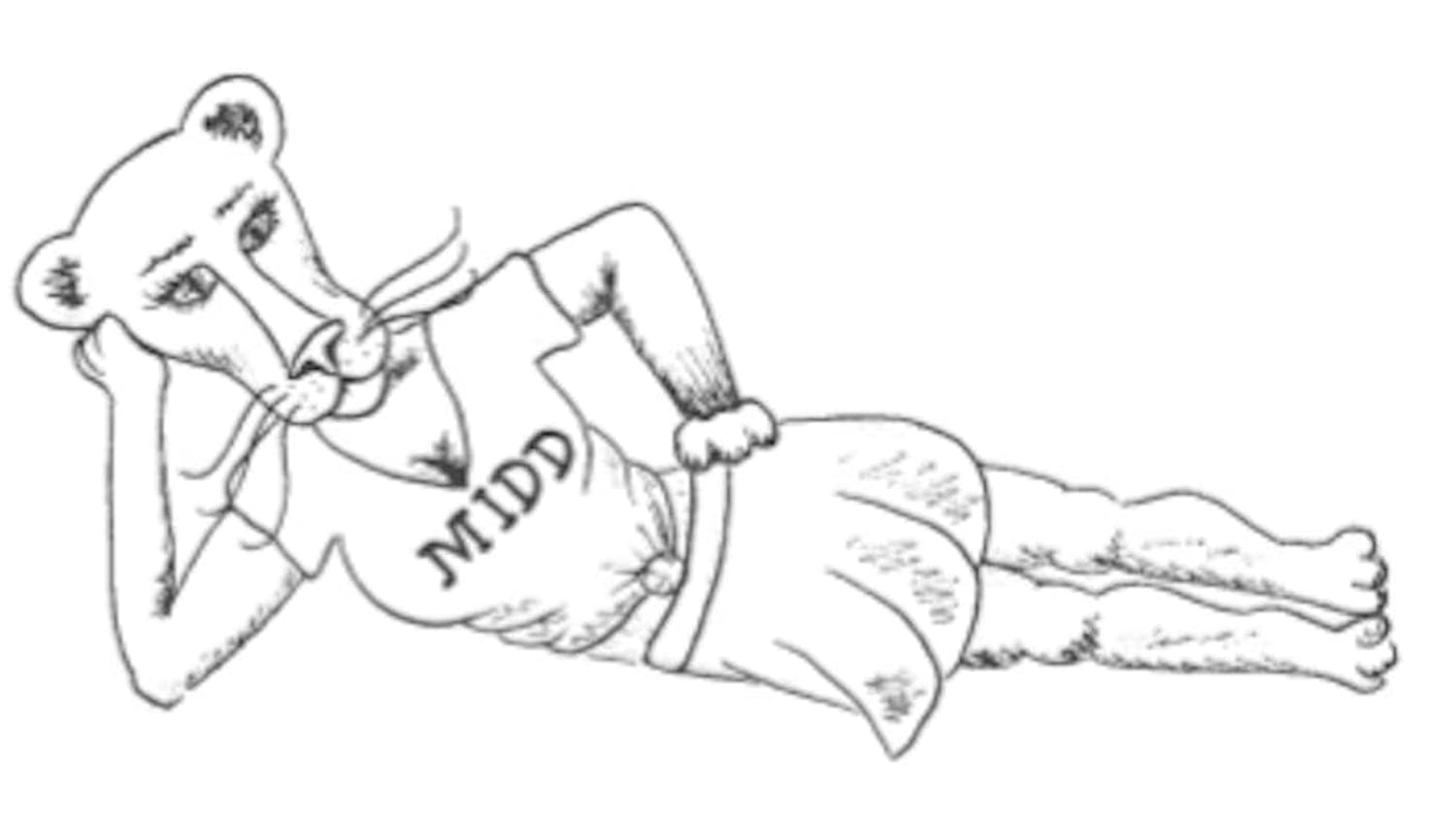In last week’s Campus, Dr. John Searles defended the legal drinking age of 21 by doing what the establishment does best: lying. From high atop his bully pulpit, Searles graced Midd-kids with a letter to the editor devoid of relevant science and saturated with ridicule, even stooping so low as to accuse me, a college undergrad, of having spent too much time in the ivory tower. This, coming from a doctor and former professor who has spent more time in universities than I have on this earth. No one is disputing Dr. Searles’ sterling credentials, however — only his so-called ‘facts.’ Searles’ brand of argument is characteristic of an obtuse approach to student health that chooses to condescend to 18-20 year-olds, rather than listening to them. Searles contends that legal age 21 is saving lives, but that this law has been rendered “less effective than it could be because of the drinking environment in the culture.” Here, Searles addresses the fundamental point in this debate and something all sides can agree on: the law exists, yet ‘underage’ drinking persists.
Agreement ends here, however. Searles chooses to explain this phenomenon by indicting American culture, observing that “adolescents are exposed to a stupefying amount of advertising extolling the virtues of drinking.” First, 18-20 year-olds are not, by any reasonable legal definition, ‘adolescents’ — a fact that American law recognizes with relative ease when enlisting soldiers to fight in its wars. Second, as much as I appreciate Searles’ misplaced paternalism, I cannot abide by his ridiculous implication that 18-year-olds are any more ‘stupefied’ by invasive advertising than 21-year-olds or, for that matter, 25-year-olds.
No one is suggesting, as Searles insinuates, that a blind reduction of the drinking age will automatically “result in a new, mature and responsible 18-year-old who will be sipping a vintage wine with meals.” I am equally certain, however, that legal age 21 does nothing in the way of achieving Searles’ wine-sipping ideal — an ideal that exists, and indeed thrives, in Europe (which, by the way, has firmly embraced lower drinking ages). In comparison, legal age 21 has only driven drinking underground, forcing ‘pre-gamers’ to consume as much as they can, as fast as they can, out of the public eye and in the shadows of their dormitories, unmonitored and unchecked by bartenders and their more experienced peers.
This highly destructive pattern is taking its toll on our nation’s youth through ever-increasing rates of binge drinking. According to a recent study conducted by the Harvard School of Public Health, college students experienced a whopping 10-percent increase in the rate of binge drinking between 1993 and 2001 alone, a development that corresponded with an increase in injuries, assaults and treatment for alcohol overdose.
Vermont is bearing the brunt of the casualties. Survey data published in 2007 indicates that Vermont ranks second highest in the nation in rates of alcohol use and binge drinking among 12-20 year-olds. In the face of this crisis, the Vermont health establishment remains firmly entrenched, preferring to defend the status quo rather than acting in the interests of its youth.
Only last week, new research was published by the Partnership for a Drug-Free America stating that the number of teens that have used alcohol has grown by 11 percent over the past year; this coming right on the heels of Dr. Searles’ bizarre “None. Zero. Nada.” declaration regarding data testifying to the failures of legal age 21.
It is truly unfortunate that, with a health crisis upon us, Vermont’s own Department of Health has chosen willful ignorance over the substantive innovations proposed by organizations such as John McCardell’s Choose Responsibility. Public officials are paid to lead; sadly, as demonstrated by Dr. Searles’ letter, the establishment would prefer to mislead.
Op-Ed: Vermont's out-of-touch 'health' establishment
Comments



